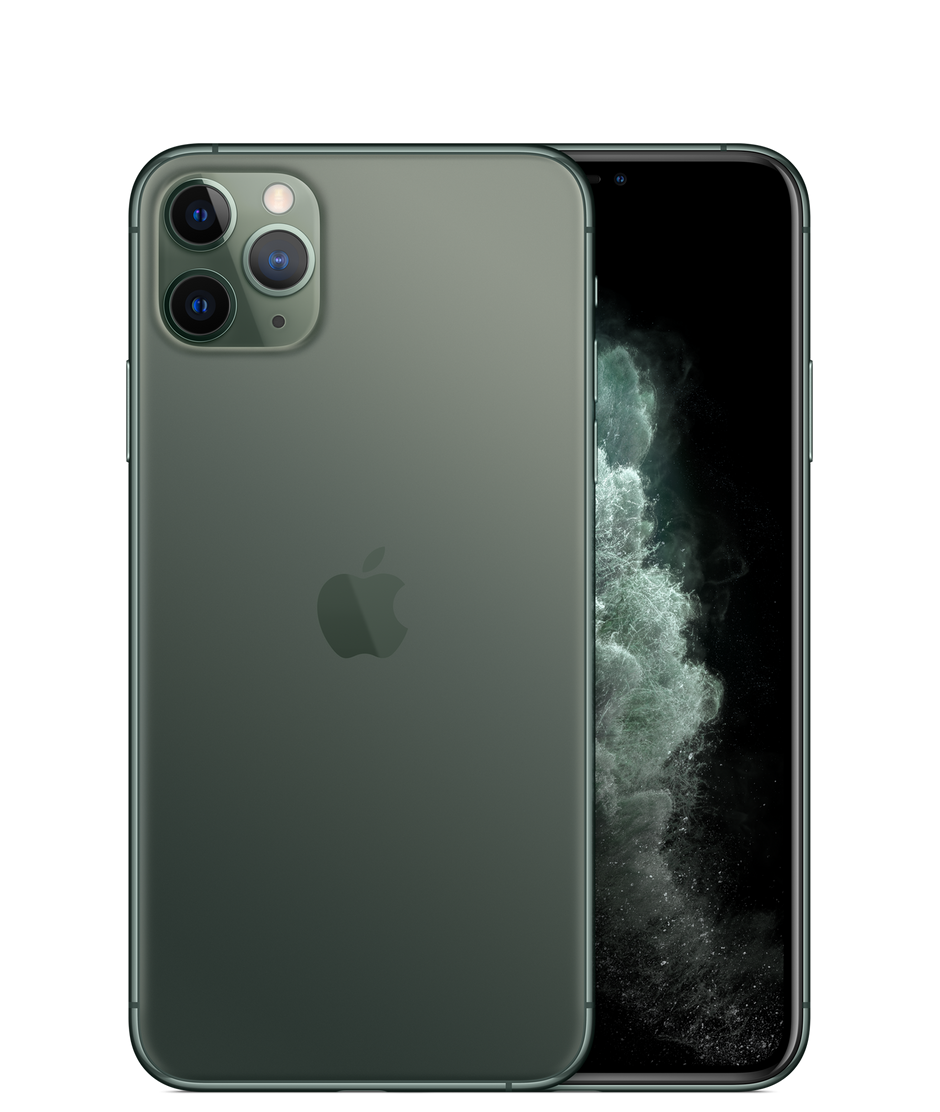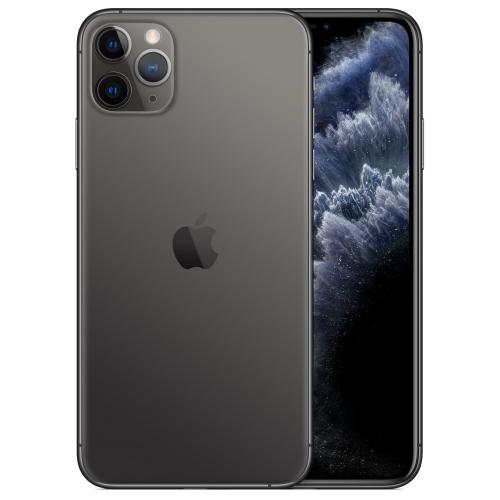Mobile location on iPhone 11 Pro Max
The Super Retina XDR display boasts not one but two new record levels of brightness and understands when to use them. How did we improve performance and efficiency at the same time? Since each pixel emits its own light, the display can turn off individual pixels to produce true blacks. On the flip side, we improved communication between the display driver and the display, used a more efficient OLED material and optimised the panel design to reach two new record levels of brightness — one in sunlight and one while viewing HDR photos and movies.
And because the display is more efficient, it contributes to longer battery life.
Apple® iPhone® - Turn GPS Location On / Off
Buying you some extra time to enjoy those special features. Performance cores process complex tasks faster than ever, while custom efficiency cores handle everyday tasks — helping to deliver a huge leap in battery life. Processing it would be a challenge for most chips. Think of video as a series of frames. The image signal processor and video encoders analyse each of those frames in the moment to capture as much detail as possible. For example, it might relight the person in the foreground, while reducing noise and enhancing colour in the sky.
It all happens instantly and automatically. That means engineering everything — the battery, the chip, the display, the software — to give you more performance with greater efficiency. And A13 Bionic leverages four custom high-efficiency cores for everyday tasks. Another important piece of the puzzle is the Apple-designed power management unit PMU.
The result?
{{{overlayHeader}}}
It works from farther away. At more angles too. Everything about iPhone is engineered to protect your privacy. And the list goes on. Learn more about our approach to privacy. In a hurry?
Gigabit-class LTE for the most extensive roaming worldwide. Add a second line.
Krebs on Security
Open this page using Safari on your iPhone or iPad. View in AR. And then there was Pro. Take a closer look. View the gallery. Finishes Glass Materials Display. Ultra Wide Camera. Wide Camera. Telephoto Camera. Expanded field of view. Telephoto Wide Ultra Wide.
- iPhone 11 vs. Galaxy S Which phone should you buy? - CNET.
- Select help topic.
- iPhone 11 vs. Galaxy S20: Which phone should you buy?.
- program to locate mobile Huawei P30.
- iPhone 11 Pro Max review: cheat sheet.
- Apple: Here's why iPhone 11 uses location data even though you've told it not to.
Image showing the field of view of a scene captured with the Telephoto camera. Image showng a wider field of view of the same scene captured with the Wide camera. Image showing an even wider field of view of the same scene captured with the new Ultra Wide camera. Ultra Wide. Turn use of GPS position for applications on or off. Press the required app.
Press the required setting to turn the function on or off. Return to the home screen. Slide your finger upwards starting from the bottom of the screen to return to the home screen. Please let us know how we could improve our device guides Enter your comments here then click the 'Send' button. Select help topic Getting started. Basic use. Calls and contacts. As you can see, each camera yields different portrait looks, mimicking a 35mm focal length wide camera and 52mm focal length 2x telephoto.
The Galaxy Note 10 can also take portrait photos called "live focus" with both the main and telephoto cameras, but the images don't look anywhere near as vibrant. The white balance is bluer, creating a colder mood, and the image processing airbrushes away too much of the details. Below are how other phones do portrait photography. Many people like the Pixel 3's AI-generated background blur. I think the image looks too flat and a fake, like a cheap gaussian blur applied in Photoshop. A little bit of editing could spruce up any of these portrait photos, but straight out of the camera? No surprise here: the iPhone 11 Pro and 11 Pro Max take solid selfies.
The camera app also has a neat trick: hold it vertically and it'll crop in for a 7-megapixel selfie for single selfies, duh and hold it horizontally and the viewfinder will expand to the wider field of view with megapixel resolution for group selfies.
iPhone 11 Pro Max from Telstra
Of course, you can manually choose to get the wider or zoomed-in shot, but it's kind of nice the field of view adapts depending on the orientation you're holding the iPhone 11 Pro. Samsung's Galaxy S10 and Note 10, which also crop in and out, have no such orientation intelligence. Of all the phones, the Pixel 3 and 3 XL are the only ones with two front-facing cameras wide and ultra wide , each with 8 megapixels. There's no digital zooming in and out happening. But then again, that doesn't really matter when the image quality comes out looking this undeveloped:.
Even with more megapixels, selfies from other Android phones don't necessarily crush the iPhones. The color accuracy is all wrong and the dynamic range is mediocre. Portrait mode for selfies aren't shabby, either.

There's a little more dynamic range in the iPhone 11 Pro shot compared to the one taken on iPhone XS, and you can see the foreground is better isolated from the background my jacket isn't blurred out. The Pixel takes a good selfie, but what happened to the color? I have no clue.
The Galaxy Note 10 is the same story as ever: too much face smoothening and soft image quality overall. The Huawei P30 failed to focus. And the OnePlus 7 sucks at highlights see the over-exposed nose. There are numerous improvements to recording video.
